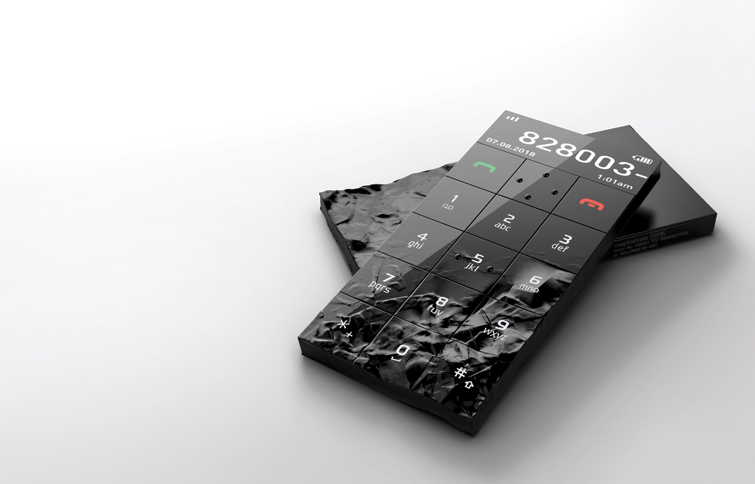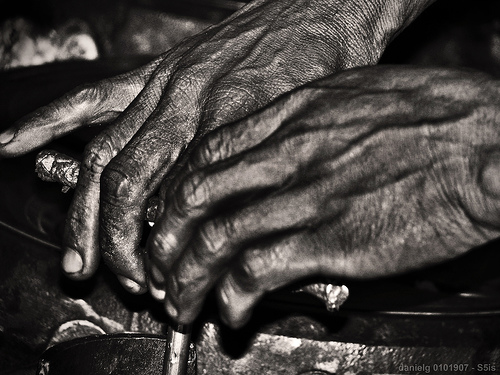I saw a video about a New York Sushi chef recently who described umami not as a taste, but as the memory of a moment in all its senses: the sum encapsulation of an entire experience bound together by a food object. I wholeheartedly agree.
I had my first bowl of Pho when I was 18 on a cold Berkeley night. We were spending our first winter as undergrads in Northern California, Katia going to Berkeley, and I to UC Davis and taking the Amtrak to see her every weekend. That winter was our first true one, having grown up in the unreal and ever temperate band of Los Angeles, winter was just another label to pass the time, like months, a separate word to express a certain length of time. True Cold - capital W - Winter was understood as a concept, always associated with snow or some far flung Eastern state where people wear sweaters. However, nature is quick to teach, seeing your own breath and feeling the icy snap of a chilled wind makes one a quick learner.
I remember we had walked out of the movies and were greeted by chill and dark streets of Shattuck Avenue. Not only was it cold, it started to rain (again something we don't see much of) , and this being the days before a Weather App or Uber, we were caught out in it. Quite the pair, bereft of the comforts of home and dreading a damp trudge to a drudge of a meal at the Dining Commons. But there was a light on the street ahead, and as we walked closer that beacon of light turned on the other senses, a smell and warmth in the cold blue darkness. I remember the windows were dripping with condensation, we couldn't see inside. What we could see was a small 24x36 poster in the window, the letters p-h-o headlining and some poorly shot photographs of bowls of soup with even worse typography proclaiming said bowls to be sold between $5.95-$8.95.
Hunger met necessity met student budget, the decision was made. Opening the door we were hit with a humid wall of funky spiced beef aroma, to the point my glasses fogged. But it seemed clean, and warm, and drier than the outside.We were lucky for our first time. The waitress, who was patient and friendly, calmly explained the basics of what pho was. (She was some kind of angel anomaly. This was before we understood the true marks of a quality establishment: the flavor is in direct proportion to the rudeness and bluntness of the place) Like magic two steaming bowls of plain pho tai came out right after she walked through the ktichen doors, and she instructed us on the ways of bean sprout and fresh mint and hoisin and Sriracha. Thus prepared, we took our first spoonful. Scalding broth, giving way to a rich earthy beefy umami, with a briny salt and the sharp iron note of raw steak slices cooking and giving up their blood to the soup. The bright clean crunch of bean sprout, and the sweetness of Hoisin and the contrast of mint! All of it underscored by the medicinal licorice of star anise and coriander seed. It was balance of so many contrasts, a flavor that keep unraveling layers of depth and character with each sip and slurp and bite, exotic yet profoundly familiar.
It was revelation. An instant warmth and comfort that took away some of our homesickness and anxiety and chill and replaced it with a golden mellow broth. Soon we were shedding layers and talking about the movie, smiles on our faces and sharing in the joy of a new small adventure. It was one of our first fond memories of the Bay Area.
That's the magic of food, it connects and grounds you to a place, a time, with all your senses. Its moments like this that inform my senses, one of many reference points when I close my eyes to imagine a new dish coming together, those imprints and textures and colors and nuances of that time are forever in the pallete of my mind. I've learned to ask myself when I cook, not to try to figure out what something tastes like, but to ask, what do I want this dish to make me feel? What time of my life or experience do I want to put out there?
I've made pho about 4 times this year. The pho I serve at home is still very much a work in progress. It's not as rich or deeply mellow as something you'd find at a mom and pop shop. It's still very satisfying, but it doesnt have that complex harmony of so many elements coming together. But I will keep trying, and each attempt brings me closer to that first cold night in Berkeley, and that first warm spoonful of joy.
And my fiancee the good Doctor K does seem to appreciate a nice bowl after a long day at the Hospital. Most of the work is in creating the broth, actual preparation is less than 10 minutes when you have all the ingredients at hand. Beef tongue is really apropos as a meat to add into Pho as the texture is so velvety and flavorful and the intensity of the beef flavor is an concentrated umami counterpoint to the clean long note of the pho broth.
------------------
RECIPE: Beef tongue Pho,
**Requires a trip to your local asian market/ 99 Ranch.**
-------------------------------
Beef tongue:
-prepared Beef Tongue Steaks (see recipe link)
-Butter
-Pepper
-sugar
-salt
The toppings:
-bean sprouts
-cilantro
-fresh thai mint
-hoisin sauce
-green onion
-jalapeno
-rice stick noodles (vermicelli)
Pho Broth Recipe (6-10 hours):
-4 lbs beef bones
-Vietnamese pho broth packet (cloth pouch and loose spices)
-fish sauce
-onion
-Ginger root, skin scraped off with a spoon.
-carrots
-Sugar
BROTH:
place the bones in a large stock pot and soak in cold water for an hour. This is to remove any strong traces of blood and scum. drain and refill to covering, and set to boil. Skim off the scum that forms in the first 30 minutes of boiling. While it heats, quarter the onion, and chop the carrots and add to stock. take the ginger root and using the edge of a spoon, scrape off the excess. with tongs or a long fork, char the ginger root over your stove top flame till blackened. Once blackened, flatten and bruise the root, add to the broth. Add in about 1/3-1/4 cup of fish sauce, and a around 4-5 tablespoons of sugar. Prepare the spice packet, making sure the sachet is tightly sealed and add into the pot. Set heat to a low rolling simmer, and replace the water line every few hours. Boil for at least 6 hours, more time equals more flavor. Taste and add pepper or sugar as needed. the flavor should be clean but with a rich note of beef. Once simmered to satisfaction, remove bones, let cool to room temperature, and reserve in 16 oz portions in airtight containers in the freezer. The day of you can heat them up for single servings.



















































